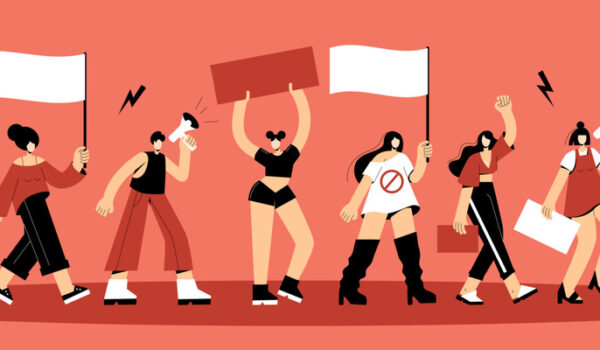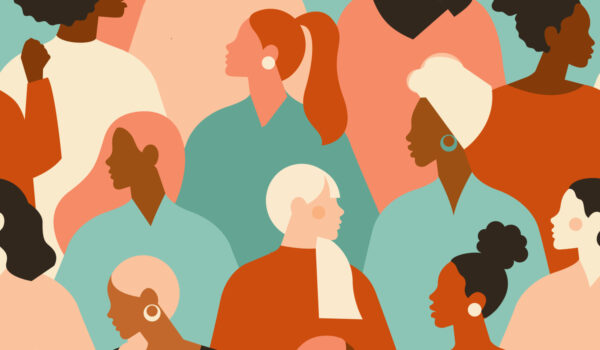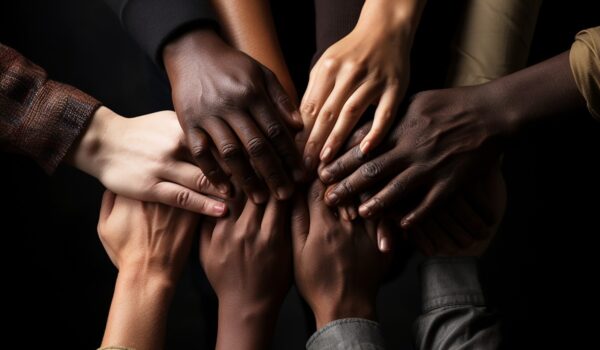The Harlem Renaissance was a cultural explosion in the 1920s and 1930s that centered in Harlem, New York City. This period was a golden age for African American artists, writers, musicians, and thinkers, and it had a huge impact on American culture and beyond.
The Great Migration was a key factor in the Harlem Renaissance. Many African Americans moved from the rural South to urban areas in the North, looking for better job opportunities and to escape the oppressive Jim Crow laws. Harlem, with its growing population and dynamic vibe, became a magnet for black intellectuals and artists.
Literature played a big role in the Harlem Renaissance. Writers like Langston Hughes, Zora Neale Hurston, and Claude McKay tackled themes of racial pride and the African American experience. Hughes, often called the poet of Harlem, wrote powerful poems like “The Negro Speaks of Rivers.” Hurston’s novel “Their Eyes Were Watching God” offered deep insights into black womanhood and resilience.
The era was also known for its music, especially jazz and blues. Icons like Duke Ellington, Louis Armstrong, and Bessie Smith brought African American music to a wider audience. The Cotton Club, even though it was segregated, became famous for showcasing black performers to mostly white audiences, helping to break down some racial barriers.
Visual arts thrived too, with artists like Aaron Douglas and Augusta Savage making their mark. Douglas’s murals, with their bold colors and dynamic designs, told stories of African American life. Savage, a talented sculptor, not only created amazing works but also mentored young artists and pushed for their inclusion in the art world.
The intellectual scene was buzzing during the Harlem Renaissance. Thinkers like W.E.B. Du Bois and Alain Locke promoted the idea of the “New Negro,” which emphasized racial pride, self-expression, and political activism. Du Bois’s idea of “double consciousness” described the inner conflict of African Americans dealing with a society that often marginalized them.
The Harlem Renaissance left a lasting legacy on American culture. It led to a greater appreciation for African American contributions to the arts and helped pave the way for the civil rights movement. The themes and styles from this period still influence artists and writers today.
In short, the Harlem Renaissance was a vibrant reawakening of African American identity and creativity. Its impact is still felt, making it a powerful and timeless chapter in history.









Comments